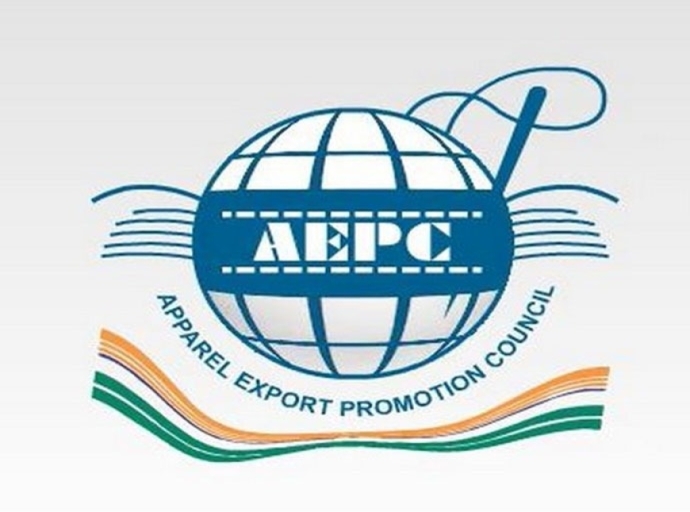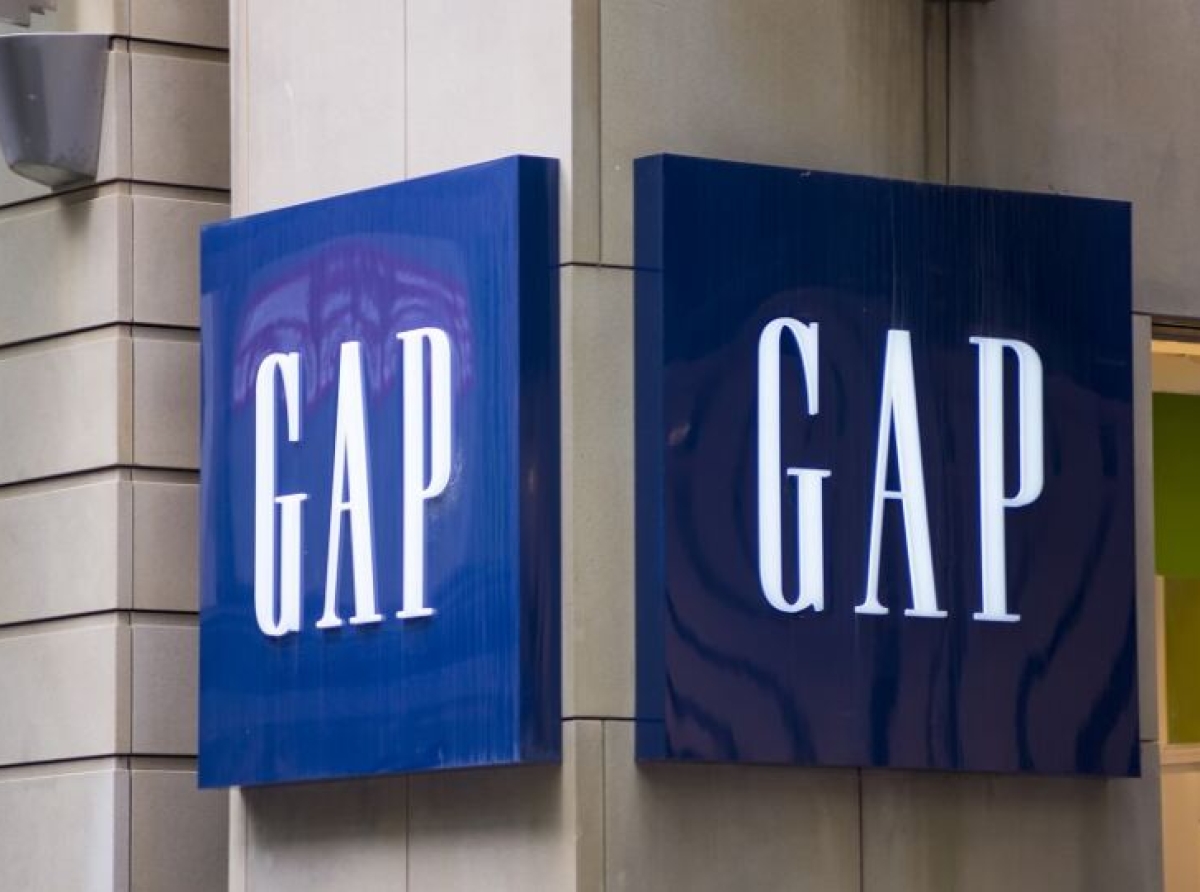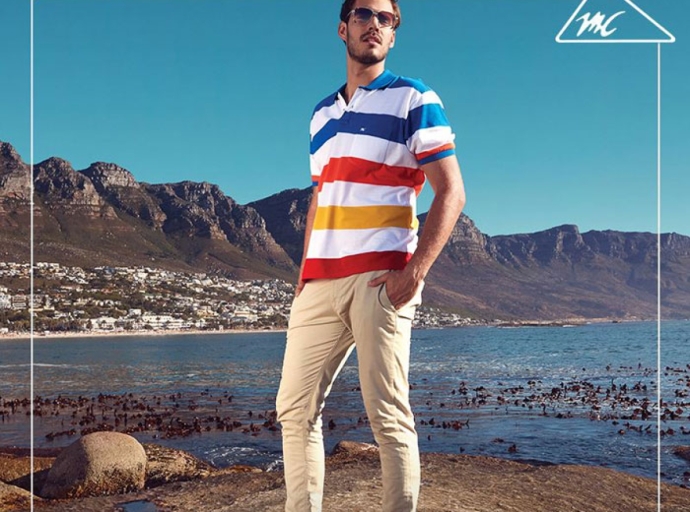19 July 2022, Mumbai:
Luxuria, the newly launched luxury collection of lifestyle brand Monte Carlo caters to a niche group of customers. Made from innovative fabrics, the collection is water, stain, and odor resistant. “The use of fine and superior quality fabrics in this collection helps us provide consumers an upper edge and premium look,” says Sandeep Jain, Executive Director.
The brand has introduced new designs with different cuts and patterns in the collection to add the oomph factor to people’s styles. “The range is made from a mix of solid blocks and seasonal colors,” Jain explains.
RELATED NEWS . Monte Carlo Q1 FY 2022-23 revenue reported

ALSO READ Severe winter, revenge shopping leads to Monte Carlo’s making records sales
Getting fundamentals in place
Using the pandemic as a time for reflection, Mone Carlo focused on its summer range and other new categories to tide over difficult times. “We ensured to get our basics in productions and operations right during the period,” notes Jain.
“We also focused on the summer collection and other new categories including kids wear, home furnishing and athleisure,” he adds. The brand’s summer collection is trendy and comfortable. “It caters to all age groups from Gen-X, Z to millennials,” adds Jain.
ALSO READ Monte Carlo Fashions incorporates wholly-owned subsidiary 'Monte Carlo Home Textiles'
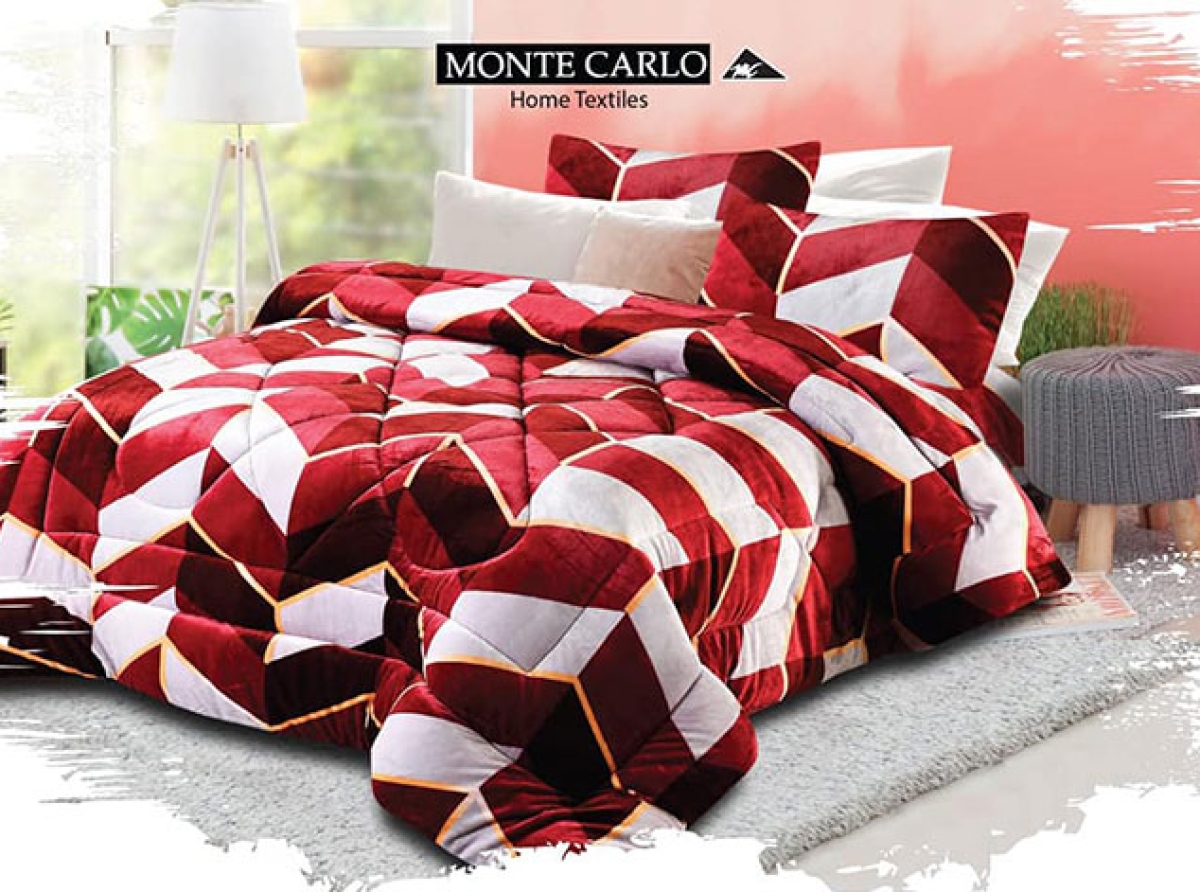
Blending seasonal colors with new trends
Offering over 500 knitwear styles for men, women and kids, Monte Carlo’s designs are fascinating. “We weave most of our designs using imported machines from Japan, Italy, UK, and Germany.
All our garments are made from superior quality fabrics including nylon blends, Lycra-based fabrics, fine cotton in different weaves for outerwear,” avers Jain.
Using multiple print patterns and designs, the brand has launched its knitwear collection made from cotton blends, fine count cotton, cotton linen, organic cotton, eri silk, etc fabrics. “The collection fuses seasonal colors with new trends,” Jain observes.
Exceptional and affordable offerings
Monte Carlo has also introduced many innovative products including a range of fashion socks. These socks are available in flamboyant colors and pop art patterns like polka dots, psychedelic prints, etc.
Another innovation is a range of multi-utility jackets for travelers. Capable of holding one's entire utility range, these jackets are stylish, elegant and user-friendly. “They have 16 features and makes travellers’ journey comfortable and enjoyable,” assures Jain.
Another innovation is the Sweackets, an amalgamation of sweatshirts and jackets. “Sweackets offer stylish comfort during winters,” explains Jain.
Considered a class apart by consumers, Monte Carlo’s products are exceptional and affordable at the same time. “Reflecting warmth, love, passion, romance, and confidence, they are an epitome of modernity and vibrancy,” Jain opines.
A bright future outlook
The current year looks bright for Monte Carlo with the brand expecting sales to increase by around 20-25 per cent compared to last year.
“The upcoming festivals and weddings season will bring great opportunities for the brand,” affirms Jain. In last 12 months, Monte Carlo opened 25 exclusive brand stores besides enhancing its presence in large format stores and multi-brand outlets.
Monte Carlo has also grown its e-commerce business multi-fold since the pandemic.
Online business currently contributes around 7-8 per cent to the brand’s total revenue, majority of which is from own website and other leading portals like: Myntra, Ajio, Amazon, Flipkart, etc. The brand continues to focus on online business by introducing new digital marketing initiatives.
Building a robust omni-channel network to connect retail and e-commerce is one of Monte Carlo’s longstanding visions. “This will help manage inventories and distribution besides utilizing slow moving stock,” Jain signs off.
Advertise in FAIR EXPRESS 2022

Join our community on Linkedin
1_large.jpg)

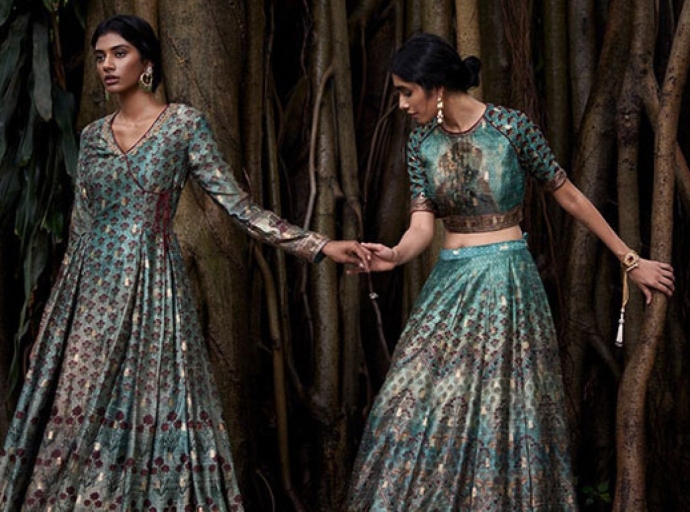

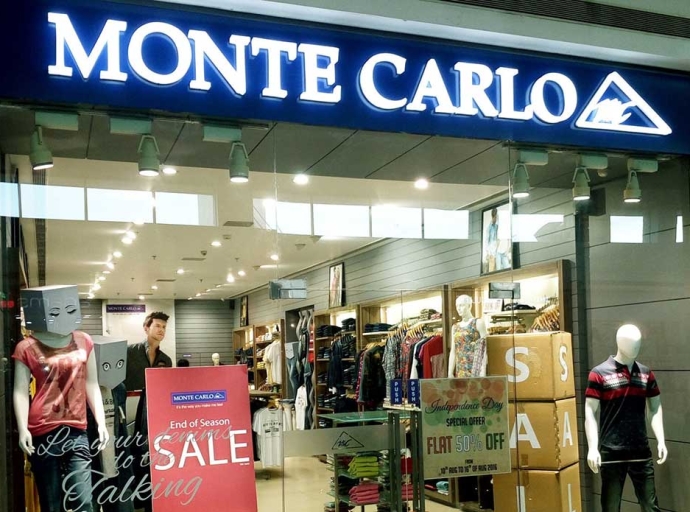
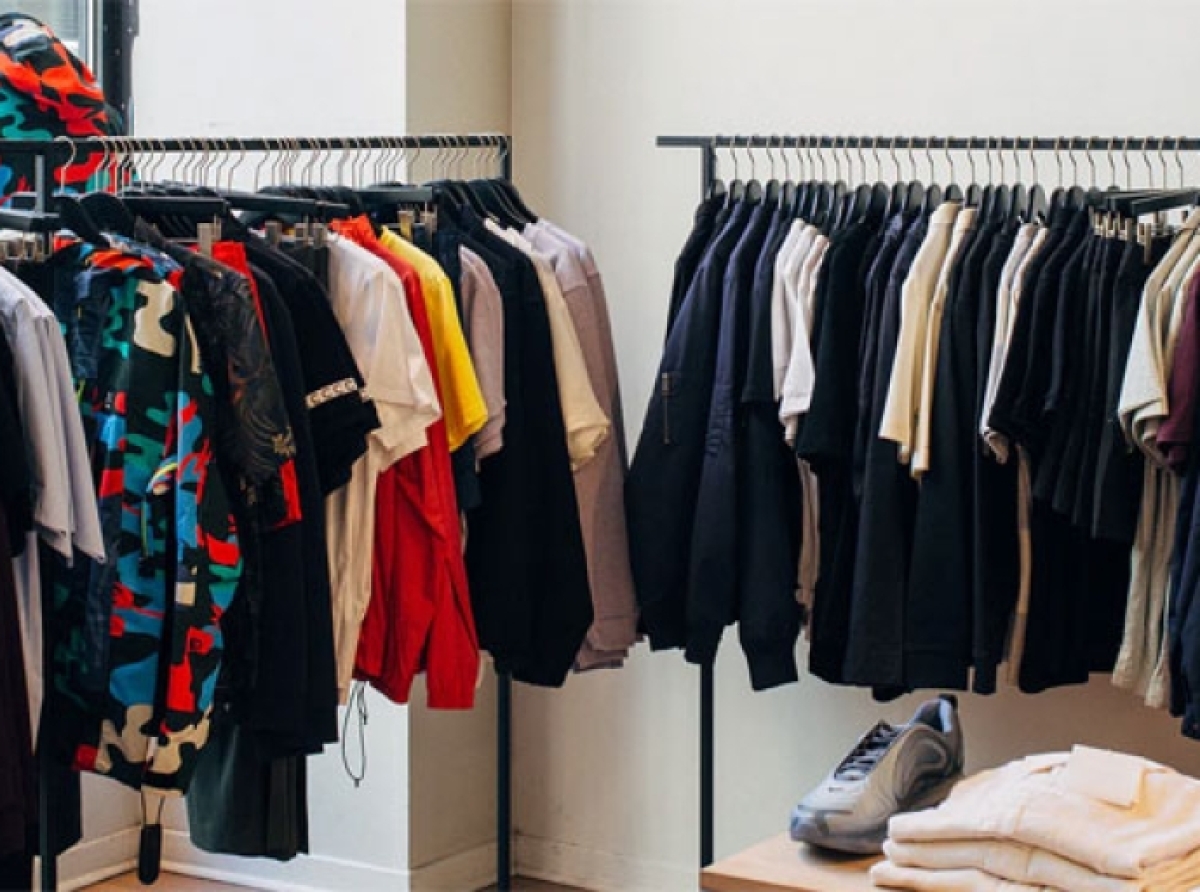
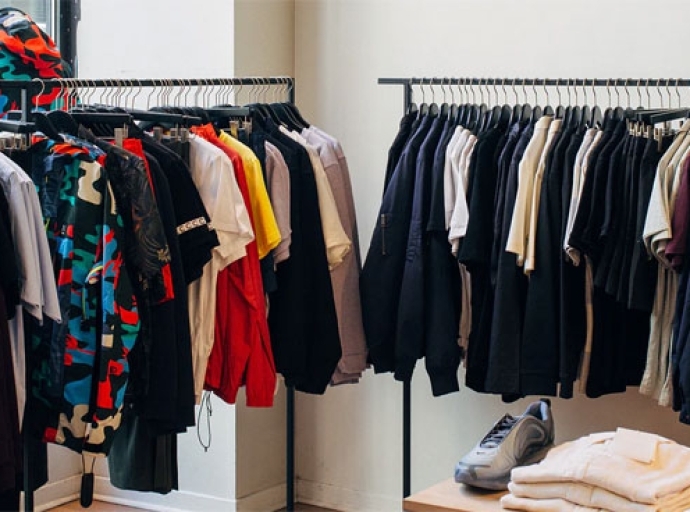
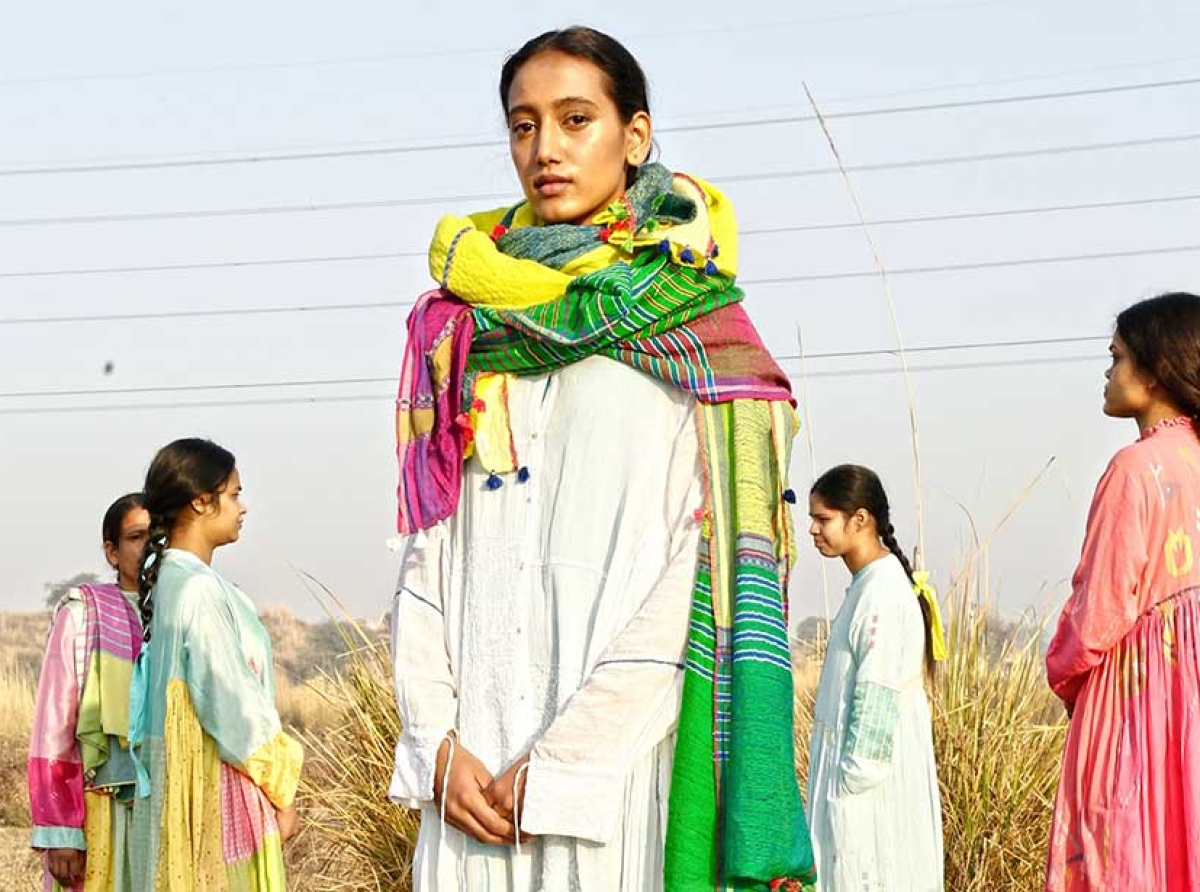
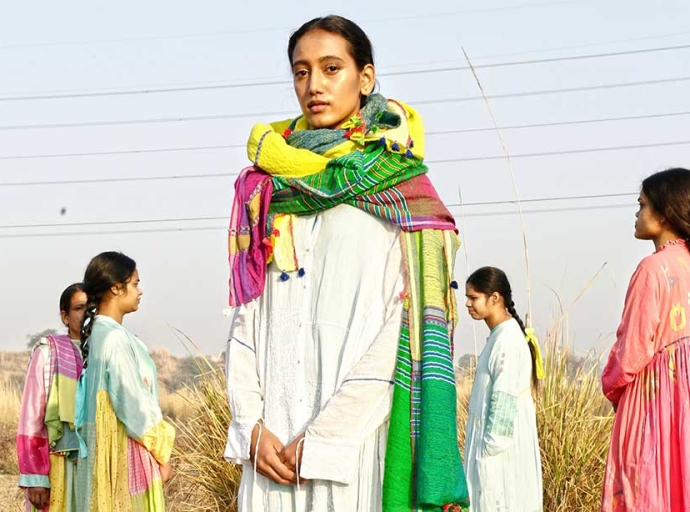
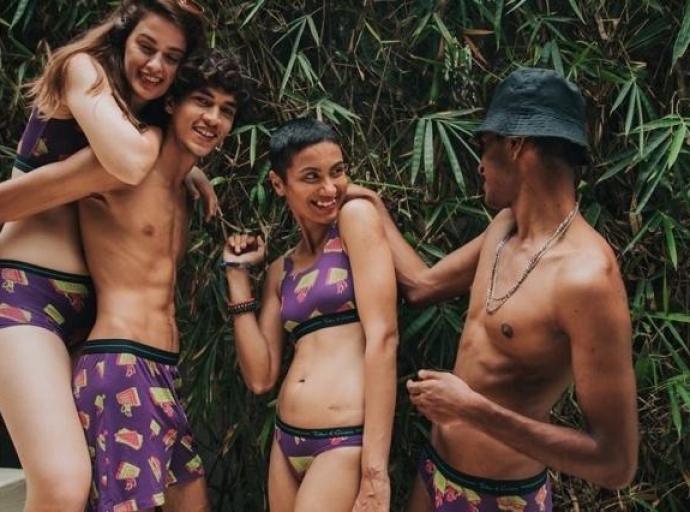
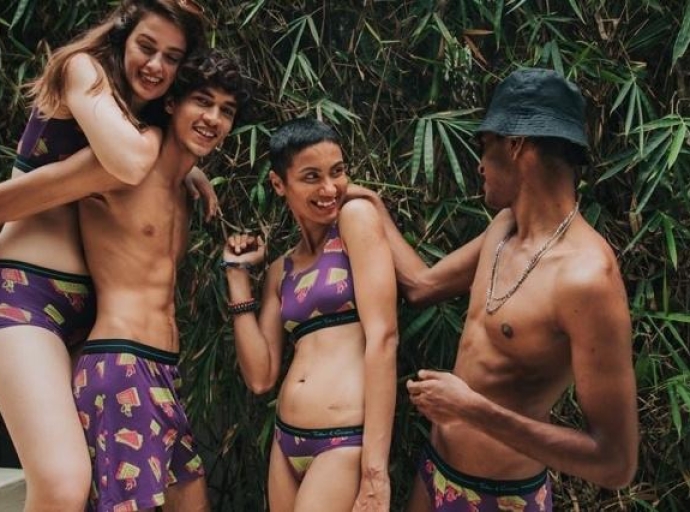
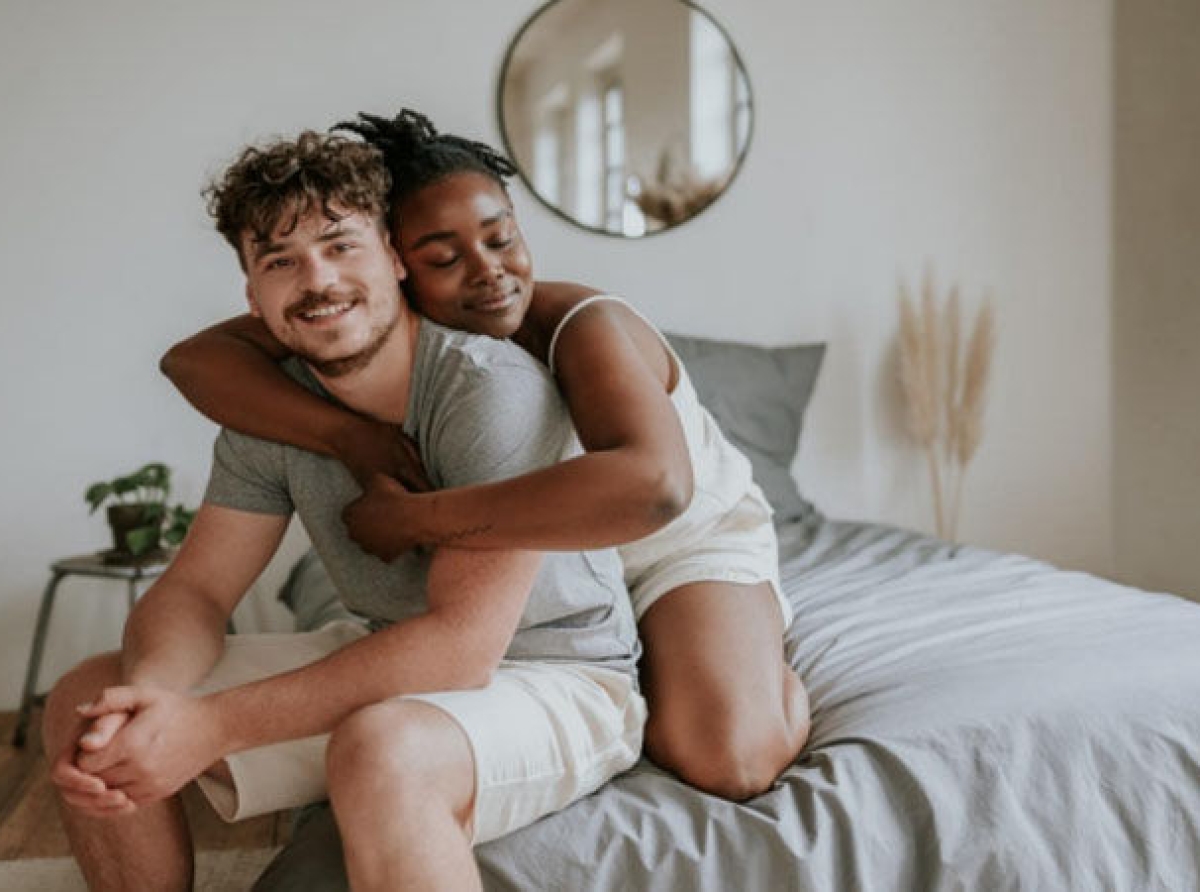




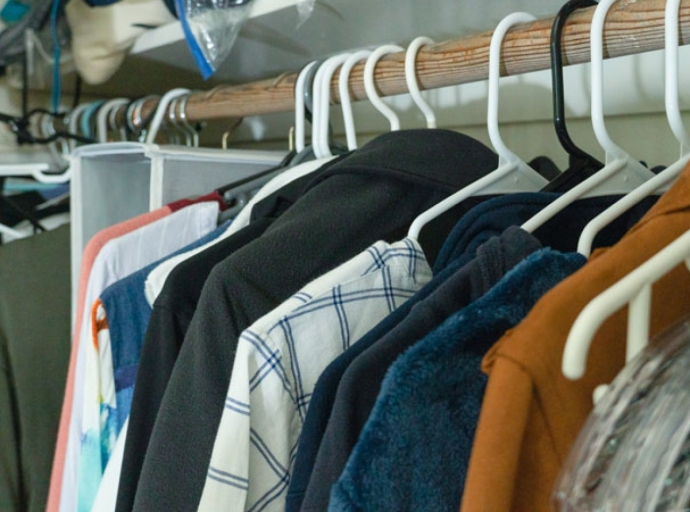

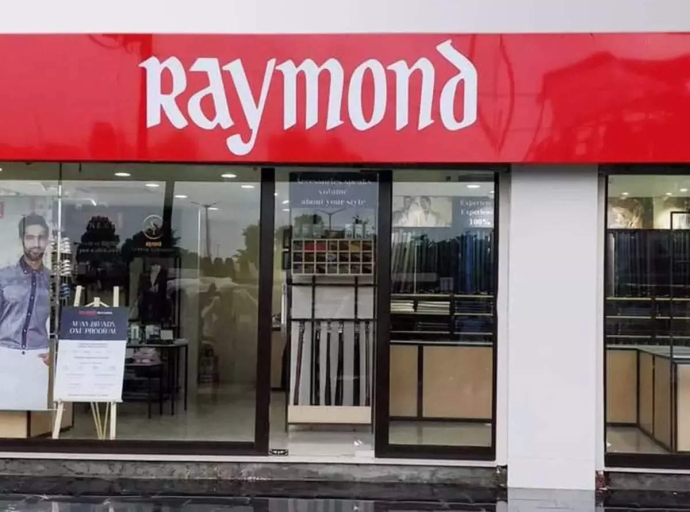

_thumbnail.jpeg)
_large.jpeg)
